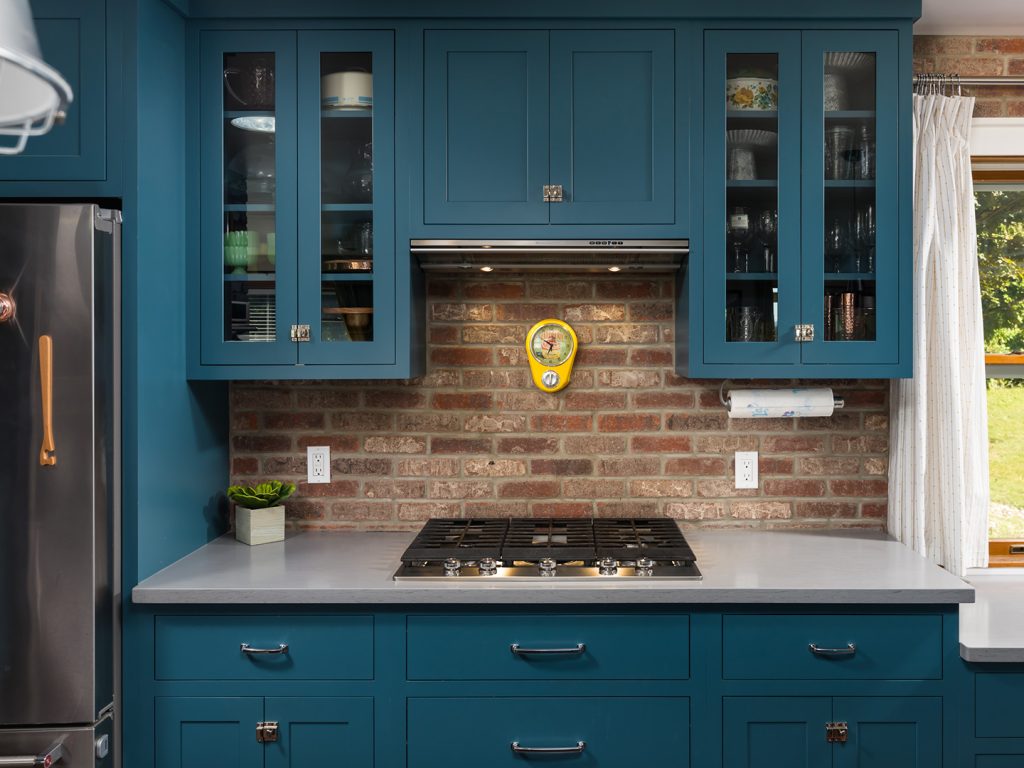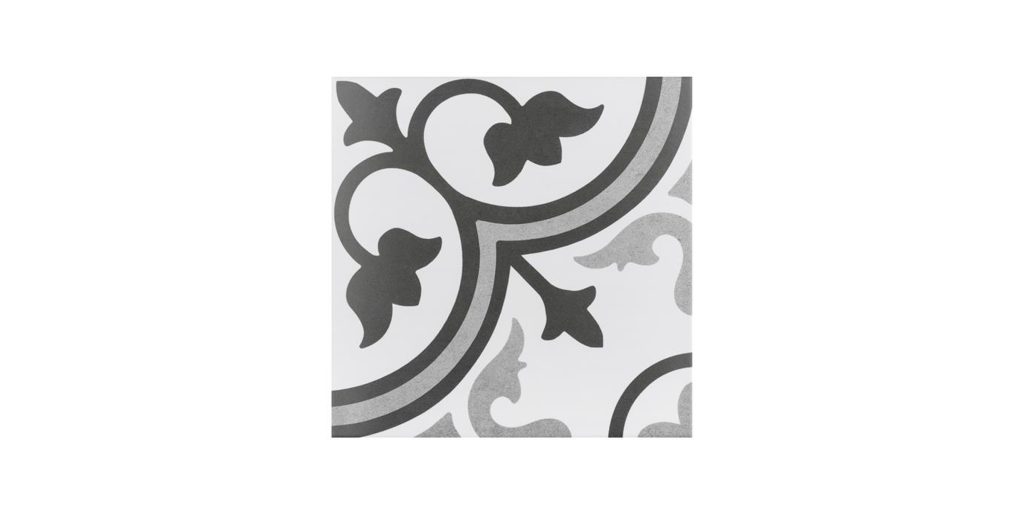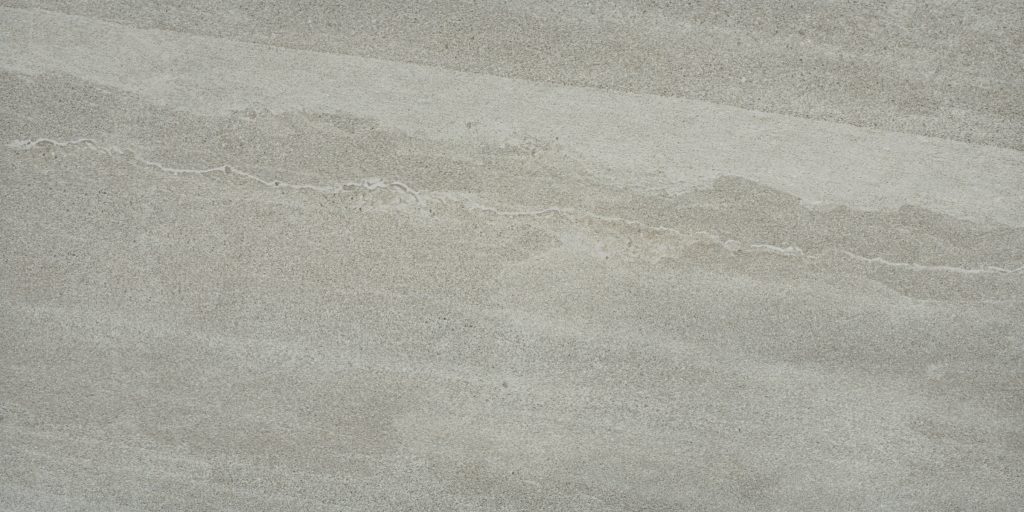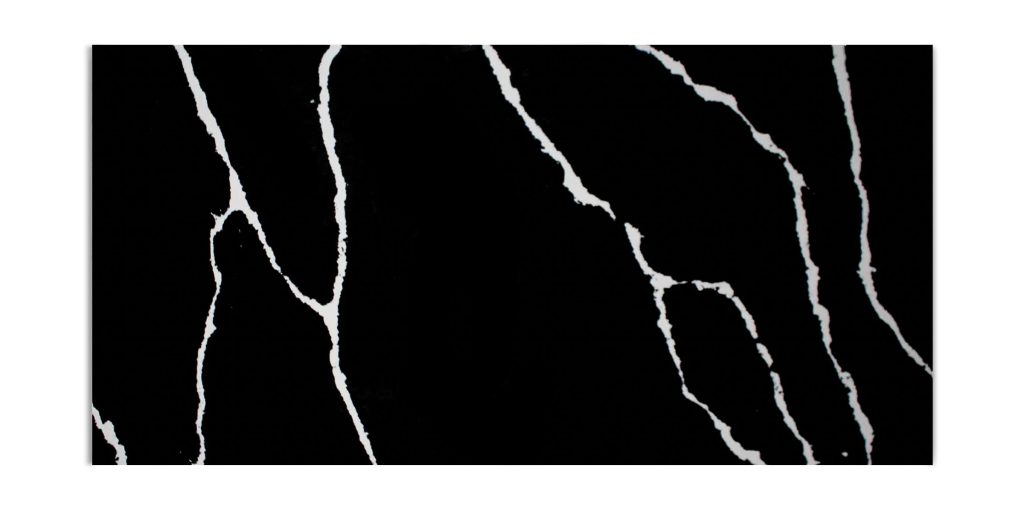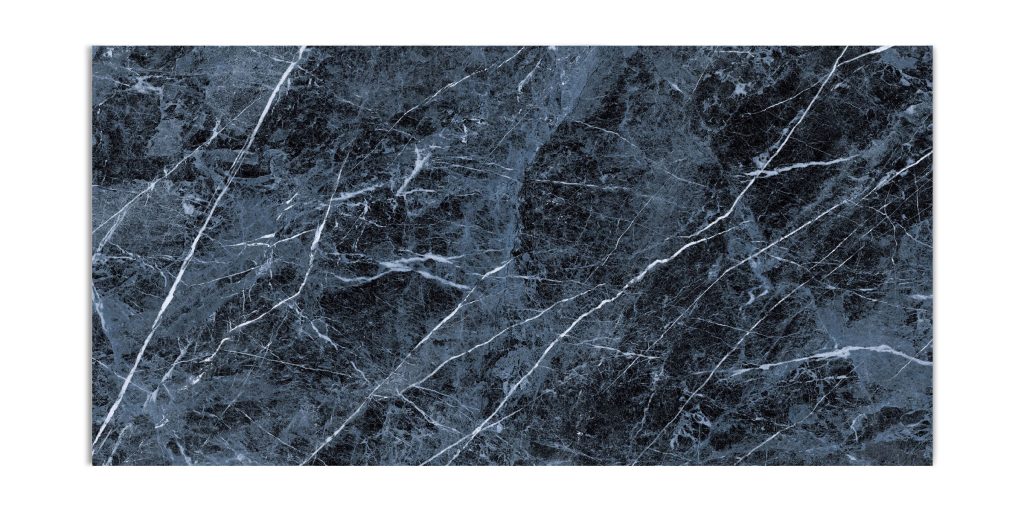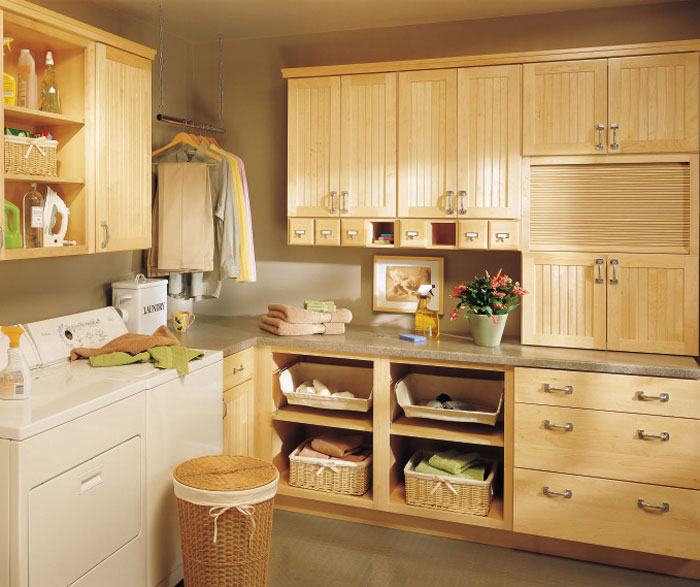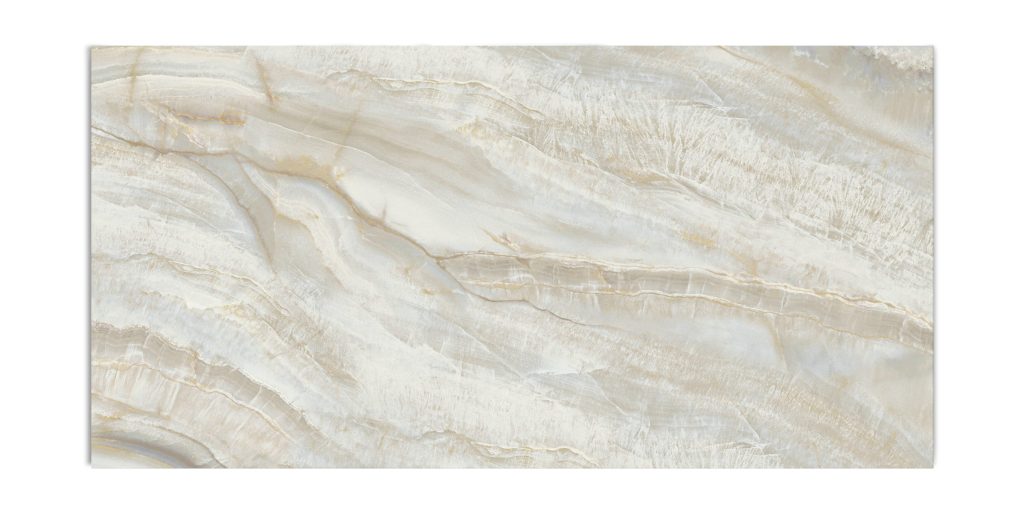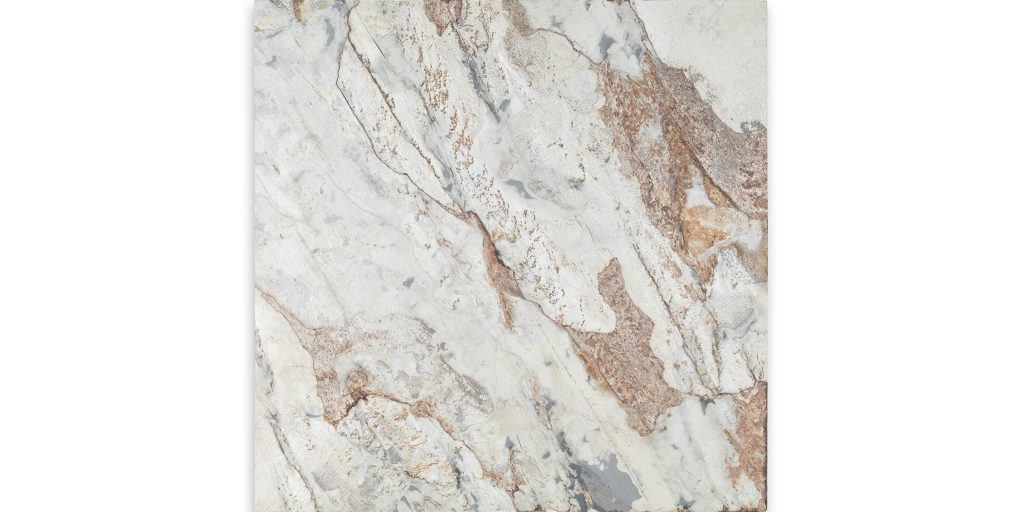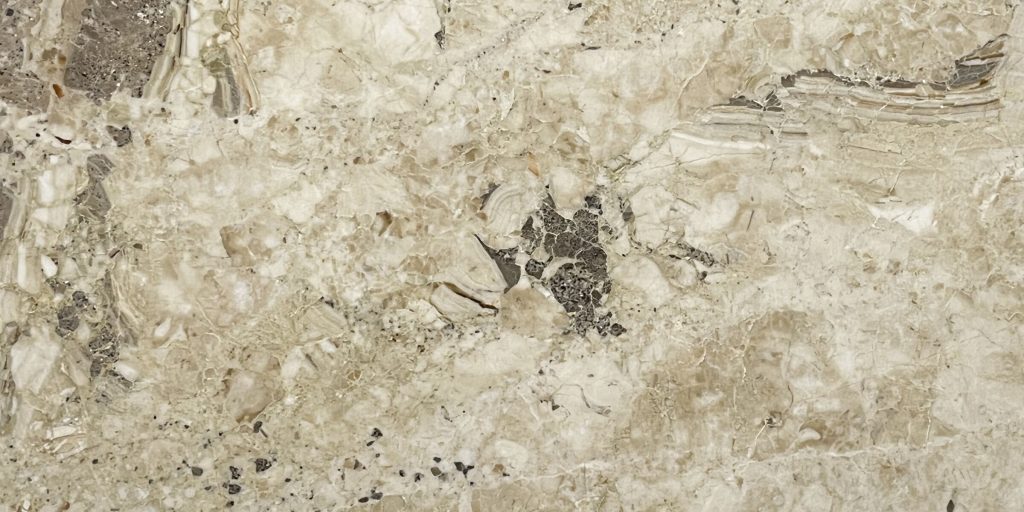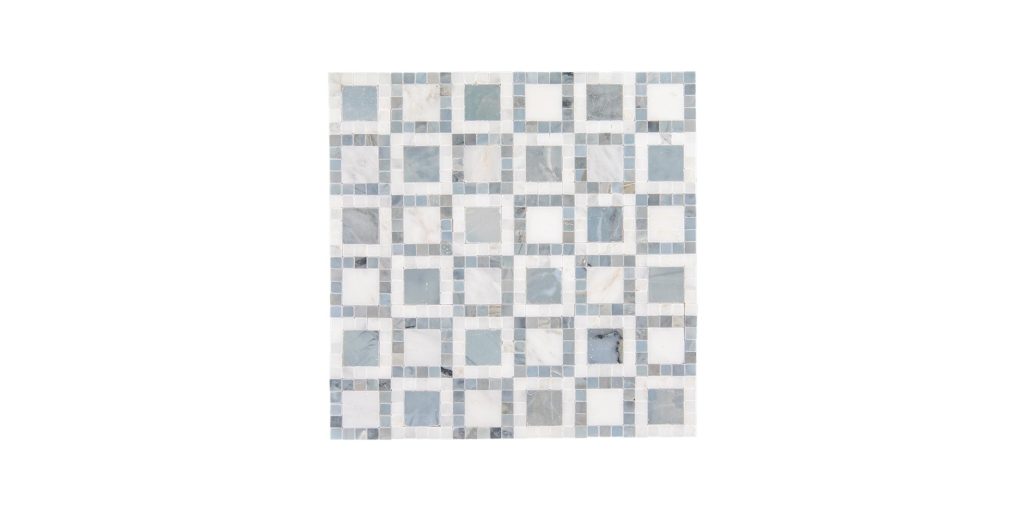Should backsplash be shiny or matte?
Should backsplash be shiny or matte? When designing or renovating a kitchen or bathroom, one of the key decisions homeowners face is choosing the right backsplash. A crucial factor in this choice is whether to go for a shiny (glossy) or matte finish. Each option has its own set of advantages and considerations, so the best choice depends on your design goals, maintenance preferences, and overall aesthetic.
The Case for Shiny (Glossy) Backsplash
A glossy backsplash is a popular choice for many homeowners due to its reflective surface and polished appearance. Here are some benefits of opting for a shiny backsplash:
-
Enhanced Light Reflection: Glossy tiles reflect light, making a space appear larger and brighter. This is particularly beneficial for small kitchens or areas with limited natural light.
-
Easy to Clean: The smooth, slick surface of a glossy backsplash makes it easier to wipe down and clean. Grease, food splatters, and water stains are less likely to cling to the surface.
-
Modern and Elegant Look: If you’re aiming for a sleek and contemporary aesthetic, glossy tiles offer a polished and refined appearance.
-
Color Pop: The reflective nature of a shiny backsplash enhances the depth of color, making bold hues stand out even more.
The Case for Matte Backsplash
On the other hand, a matte backsplash offers a more subtle, understated look that can be just as stylish. Here are the key advantages of a matte backsplash:
-
Soft and Sophisticated Appeal: Matte tiles create a calm, muted look, which is ideal for rustic, farmhouse, or minimalist designs.
-
Conceals Smudges and Water Spots: Unlike glossy finishes, matte surfaces do not show fingerprints, smudges, or water spots as easily, making them a great choice for high-traffic areas.
-
Textural Interest: Matte finishes provide a sense of depth and texture, adding warmth and character to a kitchen or bathroom space.
-
Less Reflective: If your kitchen already has a lot of shiny surfaces, such as stainless steel appliances or quartz countertops, a matte backsplash can provide a balanced contrast.
Which One is Right for You?
So should backsplash be shiny or matte? The decision between a shiny or matte backsplash ultimately depends on your design vision and practical needs. If you want a bright, easy-to-clean, and modern look, a glossy backsplash might be the right choice. However, if you prefer a muted, low-maintenance, and sophisticated aesthetic, a matte backsplash could be the better option.
For a balanced approach, some homeowners even mix both finishes—using a matte backsplash with glossy accents or vice versa—to create a unique, dynamic space.
What’s your preference—shiny or matte? Let us know in the comments below!

